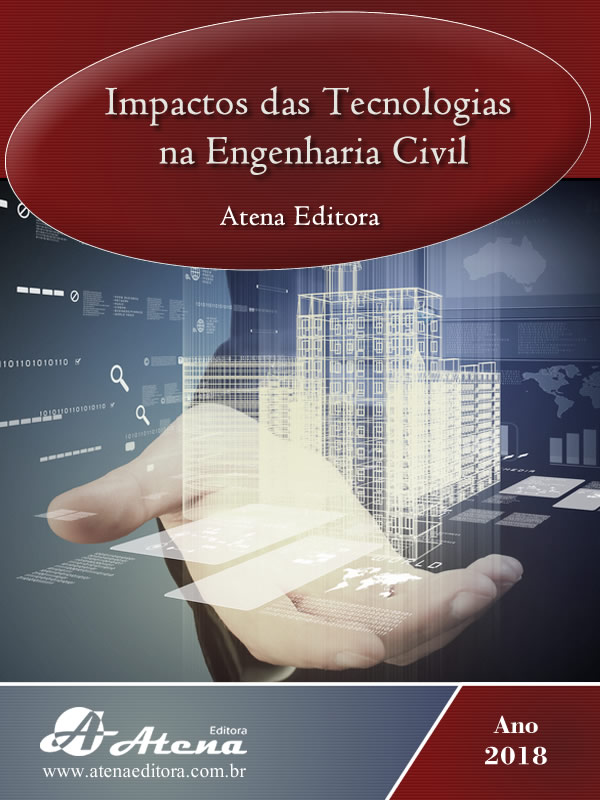
APLICAÇÃO DE CONDUTO CORRUGADO EM AIR STRIPPING DE NITROGÊNIO AMONIACALAPLICAÇÃO DE CONDUTO CORRUGADO EM AIR STRIPPING DE NITROGÊNIO AMONIACAL
O objetivo deste trabalho foi construir e testar um sistema inovador para
remoção do nitrogênio amoniacal (N-NH3) de água residuária, por air stripping,
utilizando-se conduto corrugado (diâmetro interno 3” e 10 m de comprimento)
disposto de forma helicoidal. Foi avaliada a influência da vazão do ar (Qar) variando
entre 1000 e 2000 L min-1, vazão do líquido (Qliq) na faixa de 0,5 a 1,0 L min-1 e pH
entre 9 e 12 na remoção de N-NH3 de efluente sintético (20 ensaios), seguindo-se
planejamento estatístico Delineamento Composto Central Rotacional (DCCR). As
análises estatísticas, ao nível de confiança de 95%, indicaram o efeito positivo da
elevação do pH e Qar no desempenho do sistema. Os melhores resultados (eficiência
de remoção de 70,9%) foram obtidos em Qar de 2000 L min-1, Qliq de 0,5 L min-1 e
pH igual a 12. Além disso, comparando-se com as torres de air stripping
convencionais o sistema estudado necessita menor altura manométrica de elevação
da água residuária, baixa perda de carga no escoamento do ar pela ausência de
recheio, elevado tempo de contato líquido-ar favorecendo a transferência da amônia
da água para o gás de arraste.
APLICAÇÃO DE CONDUTO CORRUGADO EM AIR STRIPPING DE NITROGÊNIO AMONIACALAPLICAÇÃO DE CONDUTO CORRUGADO EM AIR STRIPPING DE NITROGÊNIO AMONIACAL
-
DOI: Atena
-
Palavras-chave: Conduto corrugado, amônia, air stripping, nitrogênio.
-
Keywords: corrugated conduit, ammonia, air stripping, nitrogen.
-
Abstract:
The objective of this study was to build and test an innovative system for
the removal of ammonia nitrogen (NH3-N) from wastewater through a corrugated
conduit (inner diameter 3" and 10m long) arranged helically. There were made
evaluations of the air flow (Qar) as ranging between 1000 and 2000 L min-1, of the
liquid flow (Qliq) in the range from 0.5 to 1.0 L min-1and of the pH between 9 and 12
in the removal of synthetic sewage N-NH3 (20 trials), followed by the statistical
planning Rotatable Central Composite Design (RCCD). The statistical analyses, whose
confidence level is 95%, indicated the positive effect of raising the pH and Qar in the
systems’ performance. The best results (70.9% removal efficiency) were obtained in
Qar 2000 L min-1, Qliq 0.5 L min-1 and pH 12. In addition, compared with conventional
air stripping towers the studied system needs lower total pressure head, small air
pressure drop due to the absence of packing material, high liquid-air contact time
improving the ammonia transport from water to the carrier gas.
-
Número de páginas: 15
- Abel Sidney Bravin Junior
- Thalita Pereira Delduque
- Kátia Valéria Marques Cardoso Prates
- Ajadir Fazolo


